Surfing the wave of last year’s Time’s Up movement, the 2018 Student Academy Awards feature a batch of outstandingly diverse directors and stories. With four of its eight nominated films shot outside of the United States (from mainland China to Haiti), the ripple effect of championing diversity and acknowledging minority voices in Hollywood can be felt all the way to this year’s recognition of young talent. That isn’t to say that the Student Academy Awards haven’t always been rather diverse (just look at our roundup from last year), but the expressly political nature of this year’s batch proves that fighting for social justice is the current state of mind—and for good reason! With this series, Merry-Go-Round will be highlighting all eight films nominated in the Live Action – Domestic category.
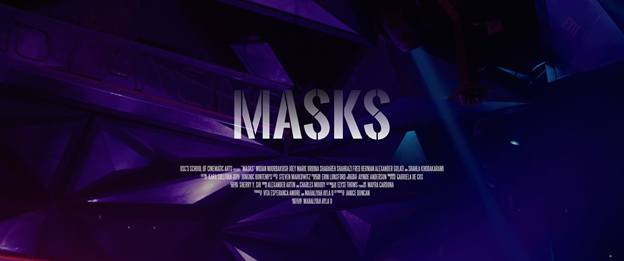
USC ran the gamut at this year’s Student Academy Awards, boasting wins in all major categories, as well as additional nominations. Among these films is Mahaliyah Ayla O’s narrative fiction short film, MASKS, a devastatingly realist depiction a young woman’s path to acceptance (both in the eyes of herself and her family), all catalyzed by unflinching trauma. A relentless portrait for 21st century America’s divided times, MASKS boasts an absolutely petrifying midpoint gear-shift that is likely to leave any viewer stunned and at the edge of their seat. With its slow, simmering increase in tension, MASKS marks Mahaliyah as a distinctly perceptive visual stylist. Opening her film with ingeniously childish antics (a tracking shot of a little boy shooting his way past enemy lines), MASKS manages to re-contextualize a great deal of its seemingly innocuous iconography through the shared experience of its protagonists.
So let’s jump right into it. Is this a thesis film?
Yeah. It was a thesis project. I have a problem with dates and course numbers. *Laughs* But I know that much!
When was the film shot?
July 2017, if I’m not mistaken.
Can you talk about how this story came to you? Obviously it’s based on something that really happened and shook the country for quite some time. I’m curious about how soon after the Pulse nightclub shooting you found you came to this story.
That’s a great question. So first and foremost, you should know that I survived a mass shooting when I was five years old. I’m also gay, which is where the tragedy of what happened at the Pulse nightclub comes in. So the story wasn’t something that was premeditated. I didn’t know I was going to make a thesis film about this incident. I just found myself in my room one night and started writing. I write a lot, and I wasn’t really intending on sharing this with anyone. But some weird things happened and I found myself in a class that was leading to me directing a thesis. The teacher asked if I had written anything recently, and this is what I had. With time I just developed this sort of spiritual connection to the material. So I felt that if I’d make a project where I put blood, sweat, and tears into something, it’d be this film.
Can you talk a little bit about the narrative structure of the film? A large part of the film is actually about family dynamics and not just the shooting, so can you elaborate on the cultural backgrounds that are explored here?
This story is committed to the Jewish-Persian identity, because that’s just what naturally came to me. But that’s just an example of one community… it’s bigger than that. Although LGBTQ+ rights made huge strides in recent history, we still don’t live in a world where everyone is safe to love openly. Even in the most liberal places, doing so can still get you ostracized or killed. The massacre at The Pulse Nightclub in Orlando is one of the more recent examples of this truth. I suppose subconsciously, when I made MASKS, I wanted to highlight this part of the character’s experience… as if being in a mass shooting isn’t hard enough, what is it like for someone who is closeted and now, not only has to deal with the horror of being in a massacre, but also has to deal with the potential ramifications of being outed in a family and community that might reject them? It’s incredibly confusing, painful, and layered. People actually went through this. Some were met with additional hate and some were met with unconditional love. As a filmmaker, I got to make a decision on how to tell this part of that story.
So what was it like writing these family dynamics? Specifically the family and their beliefs versus the main character and her identity.
I get asked about “intentionality” a lot, and frankly, I just draw from the truth of what I’ve lived. Especially when you’re coming from a community that is really underrepresented in media, you often end up with stereotypes, so I just tried to listen to my gut when writing. I don’t know if that answers your question? *Laughs*
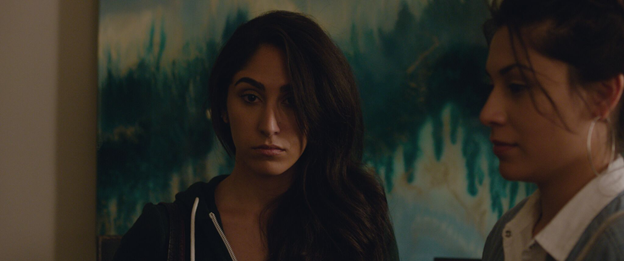
No, no that makes sense! My logical follow-up would be what it’s like capturing something like the mass shooting? It is somewhat a polar opposite to the family drama, so I imagine the process is different too.
Well for obvious reasons, they are very different on a technical level. One is a bustling club and the other is family members talking in a house. Both worlds are about removing masks. In the family world there are all these locked down, static shots. It’s really all about the masks the family members wear to hide their truths from another. In the club, we would also play with a broad range of emotion by creating a fun vibe and then transitioning into something dark and horrific. That’s the technical stuff. On a spiritual level, while making this film I was constantly conscious of two things: staying true to the character’s experience within the story while staying respectful of the real-world/real-life experiences that our story is referencing. I prayed to the spirits of those who have been killed in mass shootings, asking them for permission and guidance. On the day we filmed in the club, I asked the cast and crew—as long as they were comfortable—to stand in a circle for a minute of silence. I just wanted us to always remember that, yes, we are making a film and we are going to have a lot of fun today during the party scenes, but during the mass-shooting scenes, we are referencing something real. These were real people, real lives lost, real families forever changed.
It’s really interesting how these two sequences are sort of joined at the hip by the grocery store. It’s a scene that gives us a respite from the drama at home and the tragedy at the club. But it also misleads us by making us think something fun is coming up. Was misdirection the intention?
Well… back to intentionality… I don’t know. The mass shooting I survived was the very first memory I have in my life. I went to see FIDDLER ON THE ROOF with my Papa. It was this magical, surreal experience. And on the way home I was in a taxi cab and there was a man on the street with a huge gun and bullets all over him. I just wanted to be true to these characters and how they’d experience such a night. Their love story is what this is really about. It’s about all these layers. Internalized homophobia. Pressure from the outside. And the realities of love. When the protagonists lives are flipped upside down by this mass shooting, I really just wanted to commit to the storyline of what these characters are feeling. It’s not about shock value or getting a rise out of the audience. It’s about what they go through emotionally before and after this horrific event.
Can you expand a little more about the mass shooting you experienced? Where was this?
This was in San Francisco. At the time we didn’t have social media. I don’t even know if the internet was happening yet *Laughs*. But the fact that people don’t really “know” about it is indicative of how many shootings we’ve had in America. So the shooting sequence in the club was certainly pulled from this emotional 180: that millisecond where it’s so surreal to process what is actually happening.
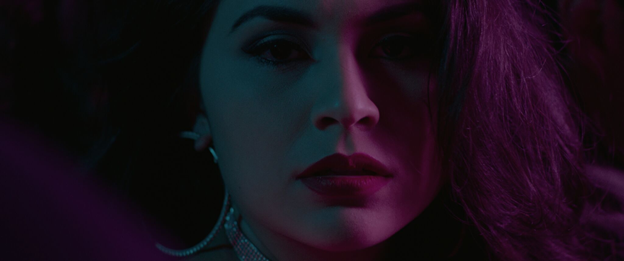
That’s actually a really interesting point, because in your film, you don’t show the shooting. In fact, the sequence is built up so time seems to slow down up until the moment where the first shot is fired. Was this the plan, never to show the event?
Yes. That was an intentional decision. After the first draft I could have always added more. But I didn’t want to exploit or glorify that moment. In a short film, if you show that, the film only becomes about that. In a feature you can go into these details without losing the humanity. I didn’t want it to be about blood, because that would be really disrespectful.
The obvious next question is about your team. Were they from USC?
Janice Duncan was the first person involved and did a lot of creative producing work. My team was a mixture of USC and non-USC. Steven Markowitz was my editor. He was amazing. The semester before I started my thesis I attended the thesis screenings and wrote down names of people whose work I admired. Charles Moody did our post sound. Ayinde Anderson was my cinematographer from AFI. He was amazing.
What was the creative process with your DP like? You already mentioned using static shots inside the family’s house, so how much of this was decided by you while writing?
I had a very clear idea of it while writing. Overall, it’s pretty close to what I originally wanted to do, but my relationship with Ayinde was really great. In the beginning we were on rather different pages. I wanted to do a mixture of camera styles and he pitched doing it 100% handheld. We eventually came to an agreement of doing a fusion of both. We always wanted to make sure that the camera moves for an emotional reason, so that was our grounding point.
Had you DP’d in the past, or were you always a director?
I had been a DP in the past, but I came to USC very unsure. For a while I was really not interested in directing. I just didn’t want to for some reason. I got really obsessed with cinematography. Until this project, where I fell in love with directing. But I was really thankful about this experience working as a DP, because it helped me communicate with the camera team in their language.
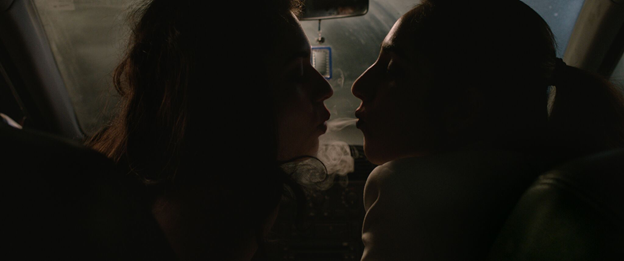
What’s it like having DP experience but having to trust another cinematographer with your material?
Well, I really got all my angst out during the interview phase. I just wanted to find the right match; most importantly, find a DP who knew how to light a certain face with a certain kind of skin tone. I was very specific with my questions during the interview stage, and I ultimately just ended up trusting him [Ayinde]. He was so excited, we both were, about how we were making this film.
Following up on that: how did the pre-production process work in terms of figuring out when you can meet with people from other schools?
Luckily, I did really in-depth one-on-one meeting with people. We’d meet up several times and dig into the script and story, way before we’d get into camera style or anything technical like that. Then I brought everyone together so they could meet each other. I got really lucky to have Sherry Y. Shi as my 1st AD, who helped me coordinate these meetings with different people.
I guess my closing question would be what you hope to do next?
Well, I hope to direct more. I just want to make more films that mean something to me like this one did. It really was the dream filmmaking experience. And to be able to do that professionally? Wow, that would be incredible. Currently, I just want to take this project as far as it can go. We’re in the NBCUniversal Short Film competition, and I’m developing a feature to see how this will go.
Thank you so much for talking to me.
Thank you!
Catch MASKS on the festival circuit this year, and keep your eyes peeled for more of Mahaliyah’s work down the line!


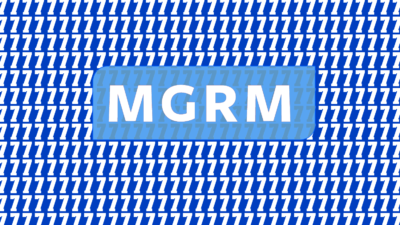
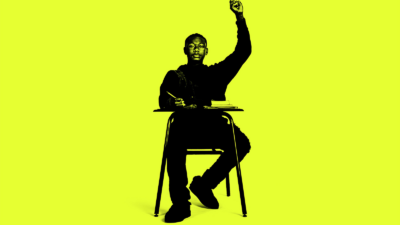
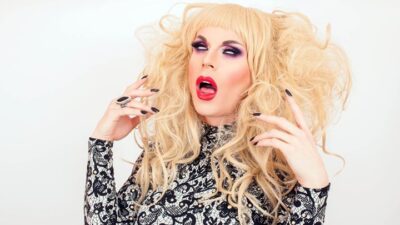
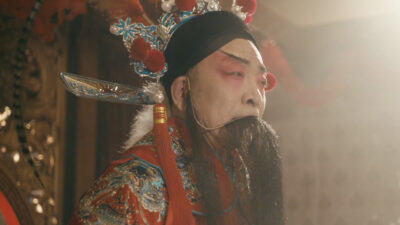
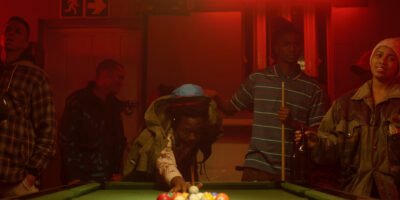
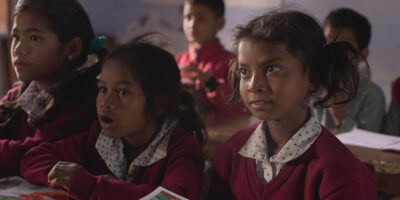
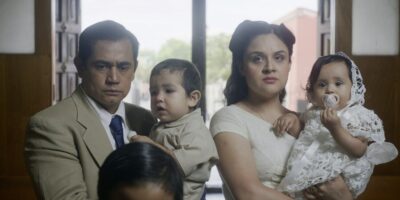
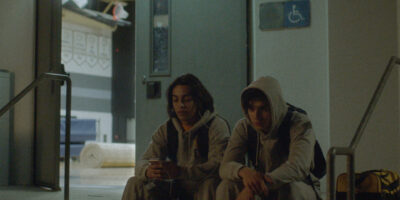
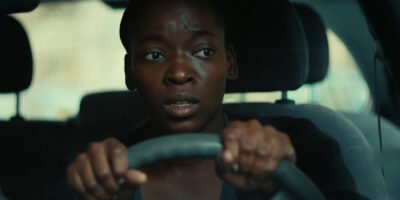
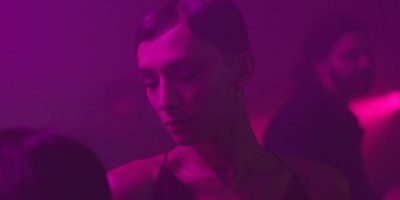
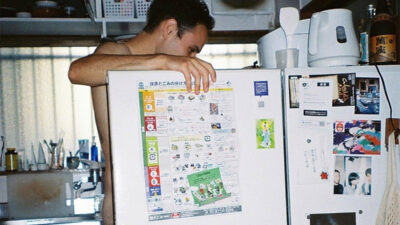
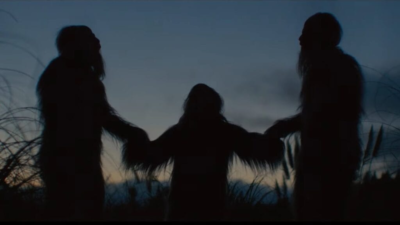


Comments